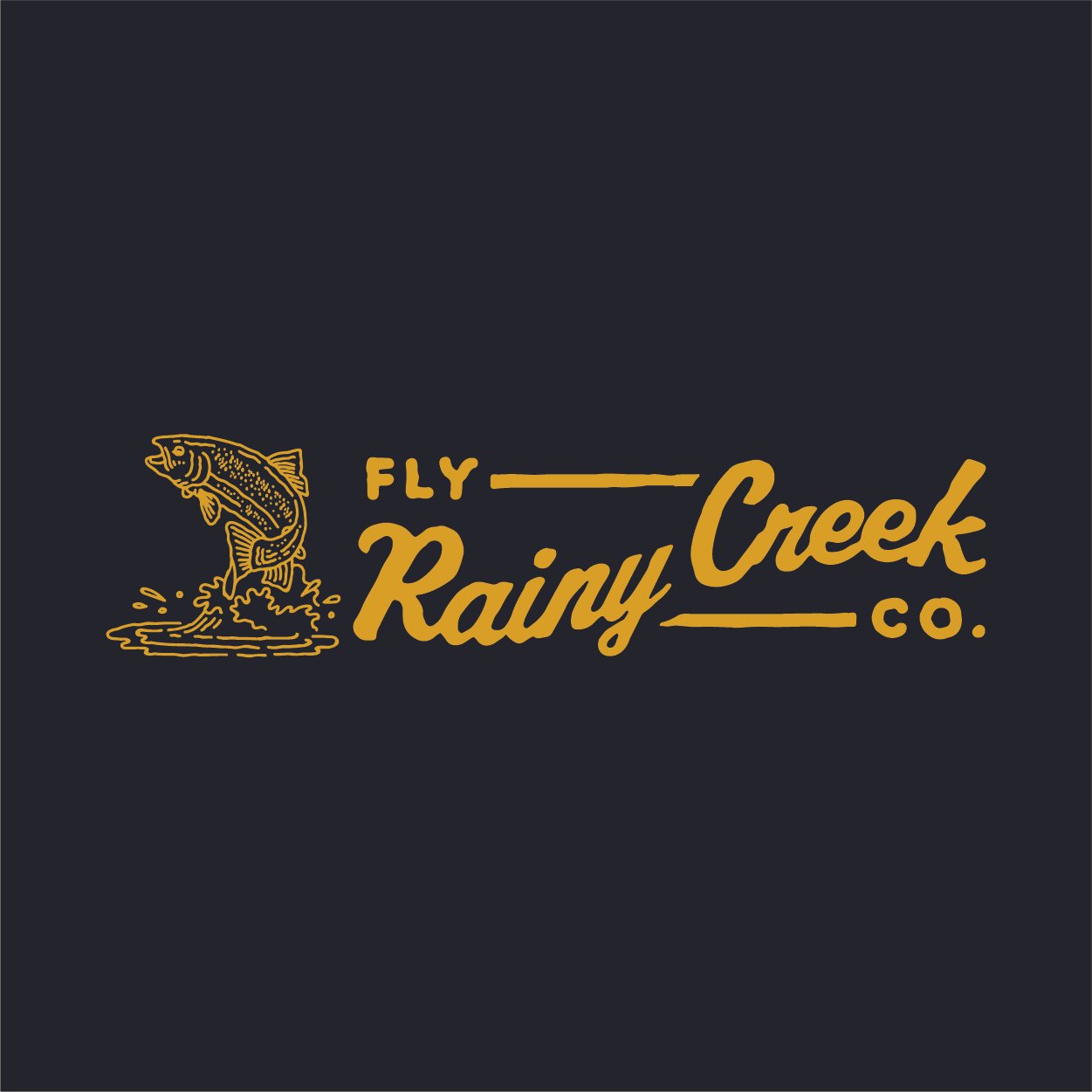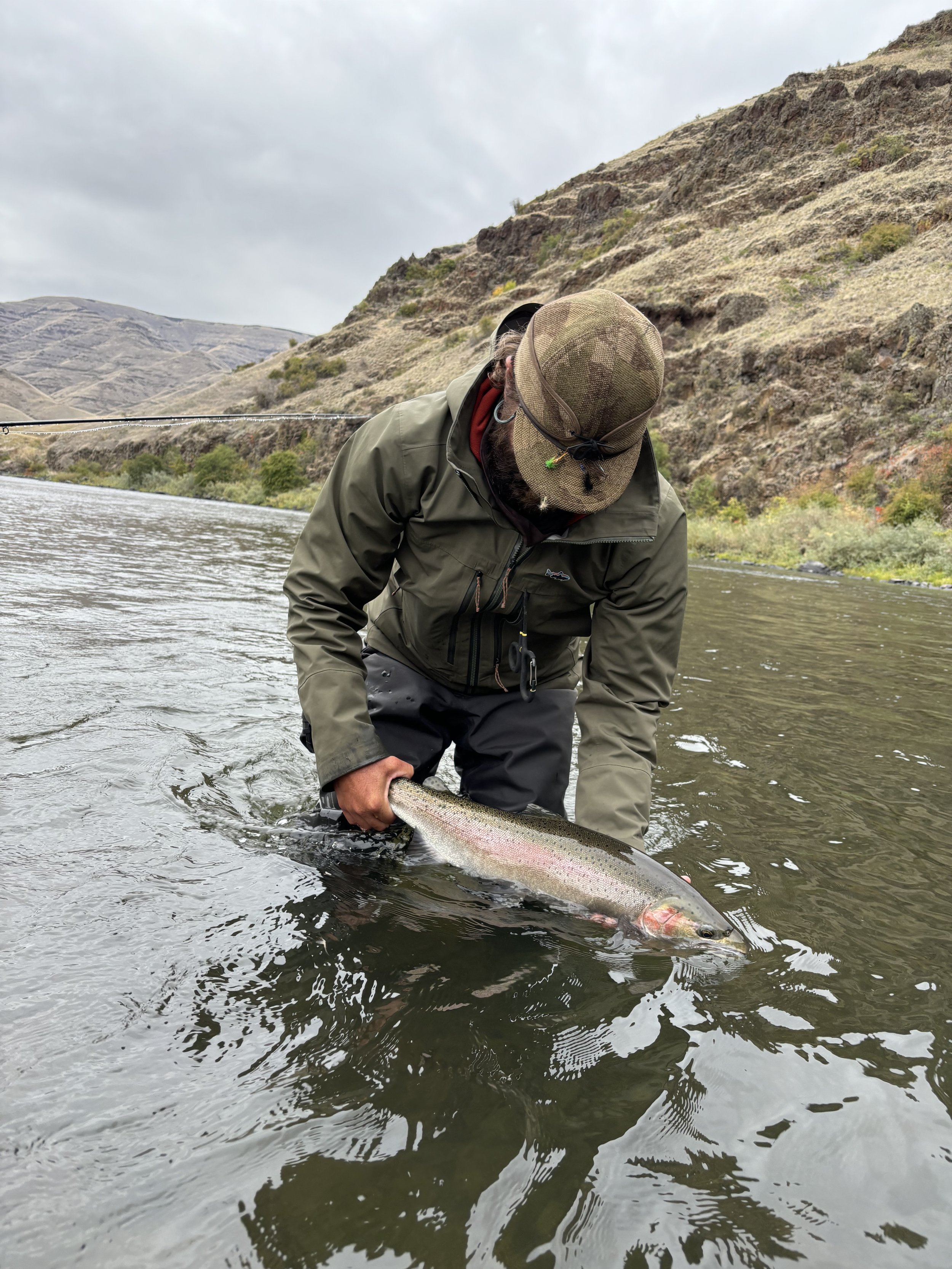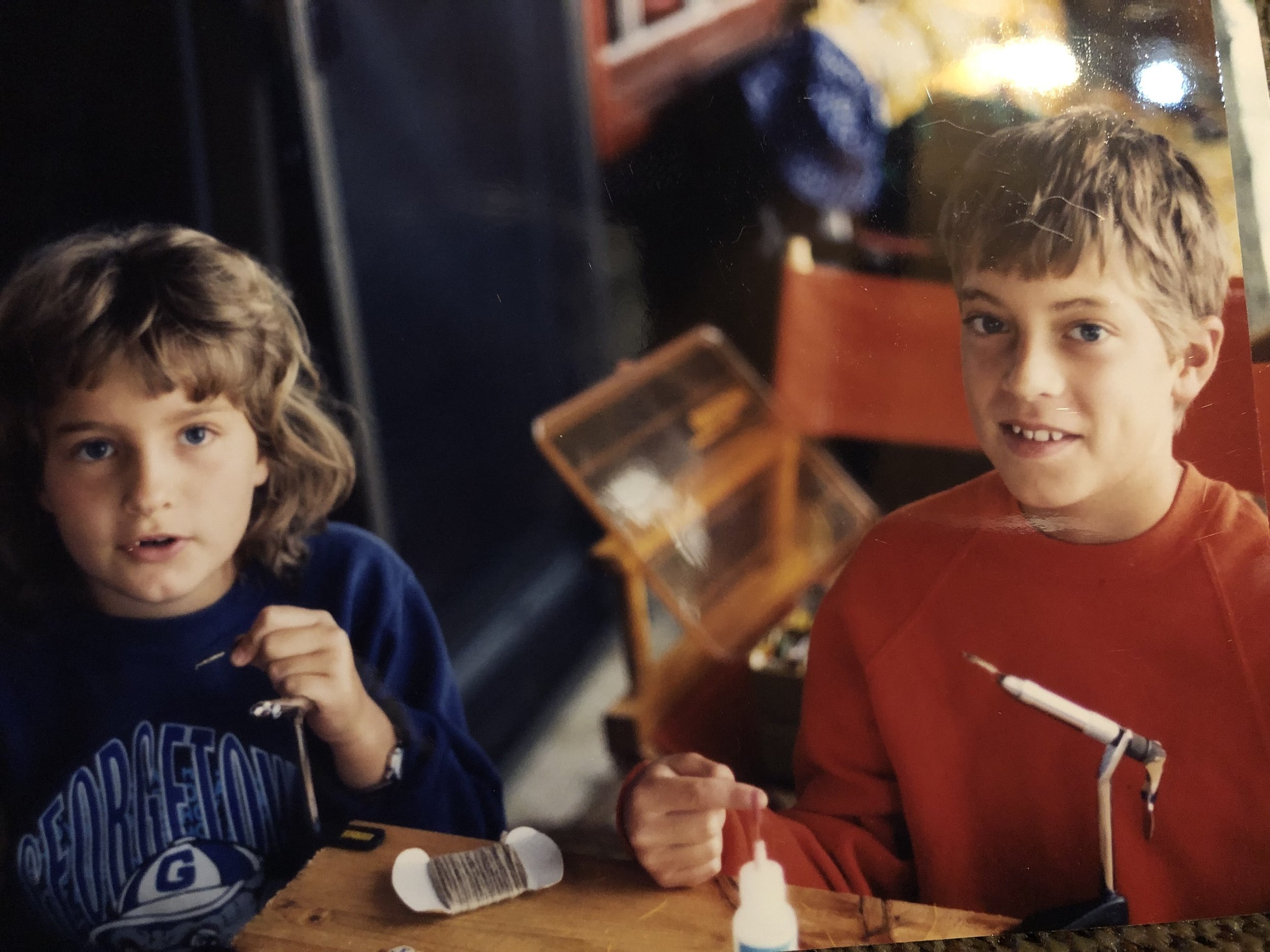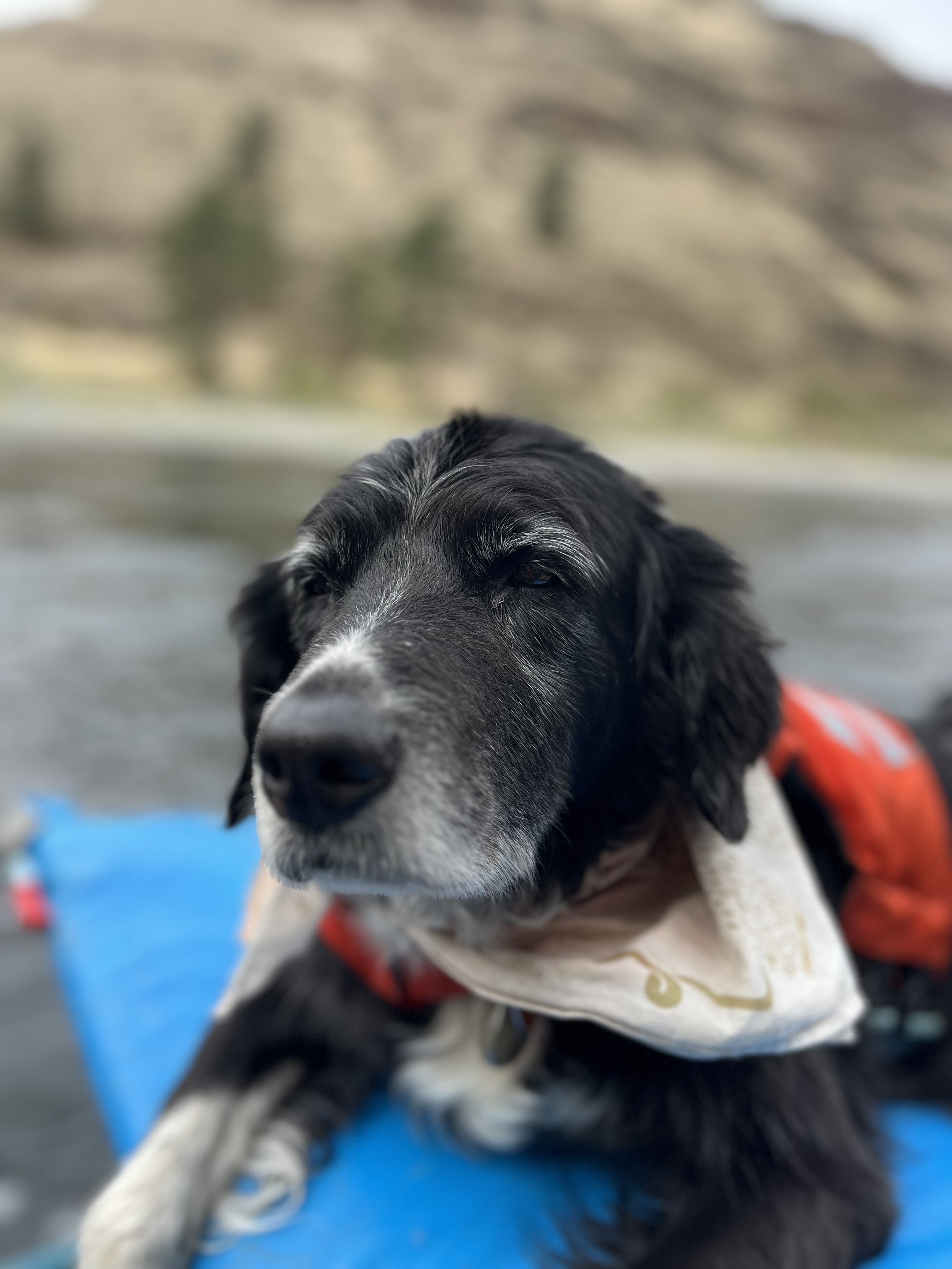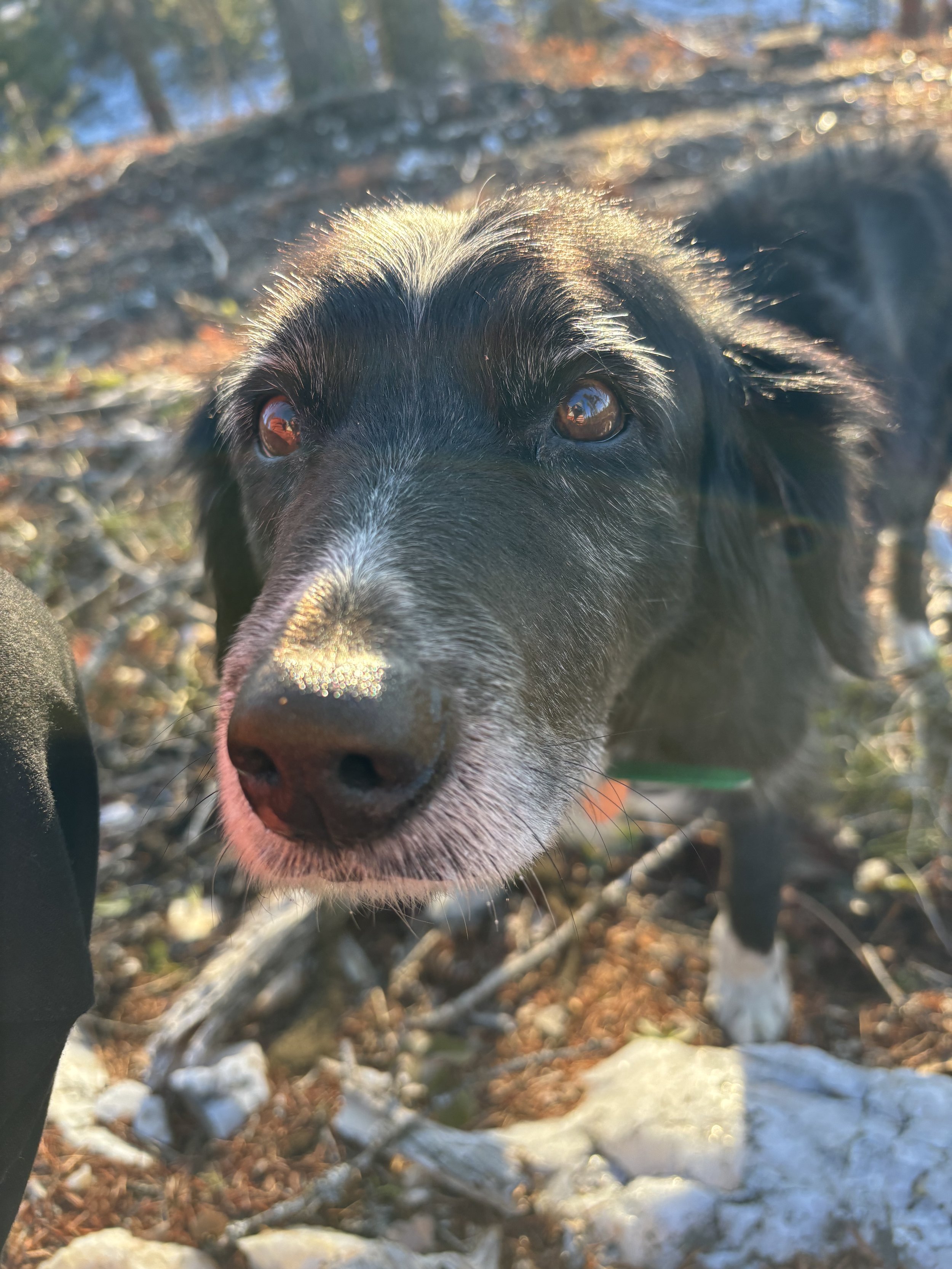
Long story short…
I’m Mark, and I tie all these flies. Thanks for your interest.
THE FLIES
Rainy Creek flies aren’t the same species you’ve been buying in fly shops. There are a couple reasons for this. The first: I tie them to last. I use high-quality adhesives, epoxies and head cements to make sure your fly’s not going to fall apart after hooking a few fish. Hell, it should be good for your whole trip, if not the season. (This isn’t to say that your flies won’t be susceptible to normal wear and tear; they simply will last far longer than your average store-bought, mass-produced.) For example: hairwing summer steelhead flies will have superglue reinforcing the wing. Ever had your hairwing pull out, little by little, all day long, until you’re left with a hackle and a tinsel body when you thought you had a fly? Me too, and admittedly with flies I tied. I’m done with that, and so are you.
The second: They’re tailored to very specific situations. For example, a fly that’s meant to be stripped, HARD, from the bank to a drift boat might look a little bit wooden and lifeless on the swing- or at least require a shift up in rod weight to cast all day. Rainy Creek trout-swing flies, on the other hand, will cast nicely, swim seductively while they swing, and won’t fall apart after a few fish chew on them. Likewise, most of my trout dry flies sit low or flush in the surface film, keeled by a stout hook - meaning they’re more likely to land right-side-up, and be easily inhaled by a trout who doesn’t want to break the surface. I’ve had the good fortune to be able to test hundreds of fly patterns (my own and others) over the years, and to observe what works best and what doesn’t.
THE FLY TIER
I grew up fishing and tying in northern Maine - the Baxter State Park/Katahdin region to be specific, and it was a sportsman’s paradise. We caught native brookies and landlocked salmon, stripers and smallmouth all summer; then in the fall shot the ruffed grouse and whitetail with which we’d tie our muddlers and soft hackles.
I worked in Atlantic salmon conservation and wildlife biology for several years before I headed west on kind of a whim. A little burned out on the attempt to characterize river systems with equations and antiquated ideas of species-specific management, I decided to try to become a fly fishing guide. I found that opportunity on the Salmon River in Stanley, Idaho. (If you’ve never been, don’t go! It’s terrible.) Within a couple seasons I was guiding fishing trips for native cutthroat and rainbows on the Middle Fork of the Salmon, and that stuck. I’ve been spending four months of my life on that river for well over a decade.
The first steelhead I ever saw swam up over a shallow gravel bar on the lower Salmon River near Riggins. I was sitting high above on the timbers of a suspension pack-bridge, drinking a Tecate in the last rays of a sinking October sun. That was in 2008. I immediately began trying to catch them on the swing with an old single-hand 8-weight that’d been my striper rod on the coast of Maine. Never touched one. I graduated to a two-handed rod a couple years later, and caught my first Spey rod fish on one that Poppy lent me for an afternoon (redshedflyshop.com shoutout!).
These days I live on the west edge of Central Idaho’s mountains. I guide on the Middle Fork Salmon and Selway Rivers during the summer months, and on the Salmon for steelhead in the fall. I fish the Clearwater and Grande Ronde for summer steelhead, and various Pacific Northwest coastal rivers for winter steelhead at every opportunity. I swing flies extensively for trout during the in-between seasons, when the water’s cold and surface activity sparse. I work as a ski guide and a carpenter. I write, I read, I like wooden canoes and drift boats. I pick mushrooms and listen to baseball on the radio. I acknowledge that this makes me an old man from the mid-20th century.
YOU DIDN’T ASK, BUT…
This is Rainy.
This is Rainy Creek.
One definitely exists, the other technically does not. Rainy’s a 14-year-old border collie mutt who has been supervising my fishing activities her whole life. She’s pretty scared of fly rods, but needs to be involved, so she usually looks on from a safe and protected distance.
There is a real place that inspired the concept that is Rainy Creek, and I’ll never tell you where it is. I’ve never seen another angler there that I didn’t bring with me. The creek valley is big, steep, and mostly forgotten; famously left out of a famous nearby wilderness area. It’s a refuge.
Sometimes the creek holds an absurd number of big, wild trout who have retreated into its spring-fed water to escape the warming rivers of mid-summer. Sometimes it’s eerily empty. Sometimes landmarks in the valley appear in much different places than where I expected them. There’s more than one fish-holding spot that’s simply gone missing over the years. No, I don’t mean that the creek bed’s been rearranged by the force of high water, I mean something along the lines of: That little scoop under the clump of water birch that used to always hold a trout, and was landmarked by the trickle of a feeder creek spilling from a distinctive side canyon, is GONE. The canyon is gone, the clump of birches is gone, and the tributary creek is gone. I know almost exactly where it was in the valley, and I have a photo of myself fishing it, for christ’s sake. Trust me, it’s gone. I’ve looked every time I went back since it disappeared.
Rainy Creek is an epicenter for the unexplainable.
I’ve never wanted my fly-fishing to fall into the routine trap of predictability (who the hell would, anyway?). The unexplainable, therefore, is right up my alley. This comes at a price, though, of course: Sometimes unpredictability means things are a little out of your control. They might get chaotic, threatening, even frightening. I’m here for that. Sometimes it means a fish much bigger than your gear’s meant to handle. Sometimes it’s an encounter with someone or something so unsettling you’re not sure what’s real anymore. Sometimes it means you watched a bird do a thing you’d never thought possible, and wouldn’t have had your mind blown like that if you hadn’t dragged your tired ass out the door so early. In any case, I find that the unpredictable nature of fly fishing is a top-notch antidote to the increasingly demanding, regimented, data-driven, attention-gobbling nature of 21st century life. If you’re still reading at this point, you probably do too, and I think we should probably go fishing sometime (see the “Contact” page).
Thanks again for being here, I hope you get a good one.
